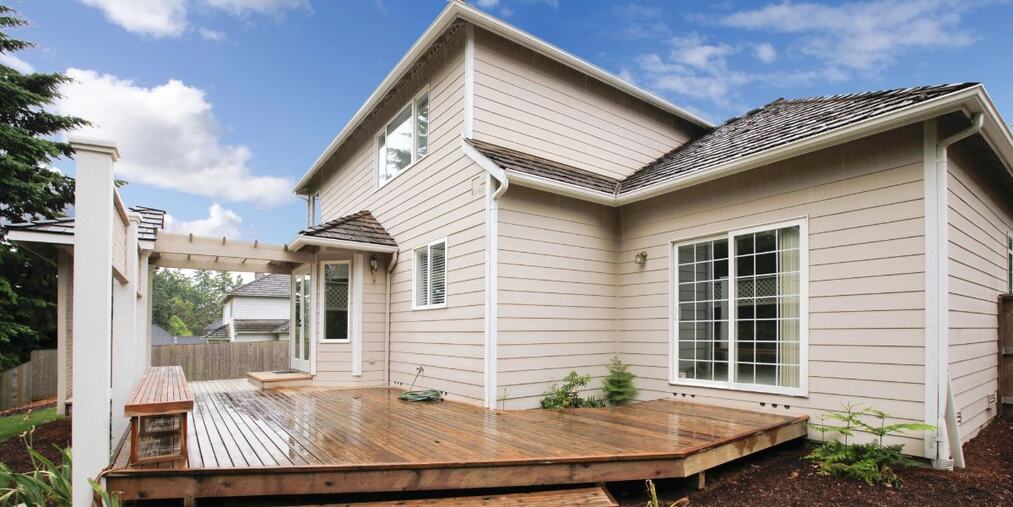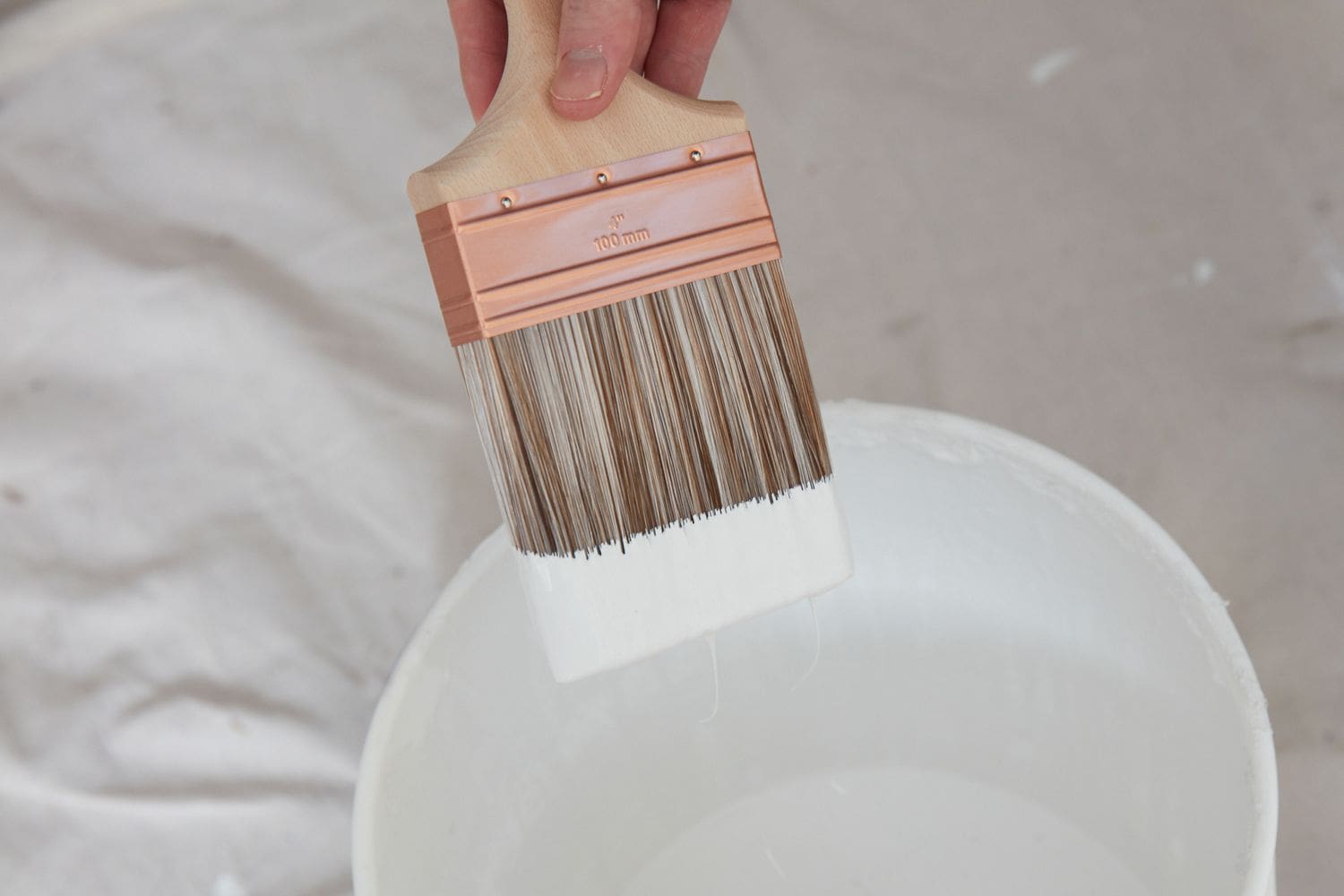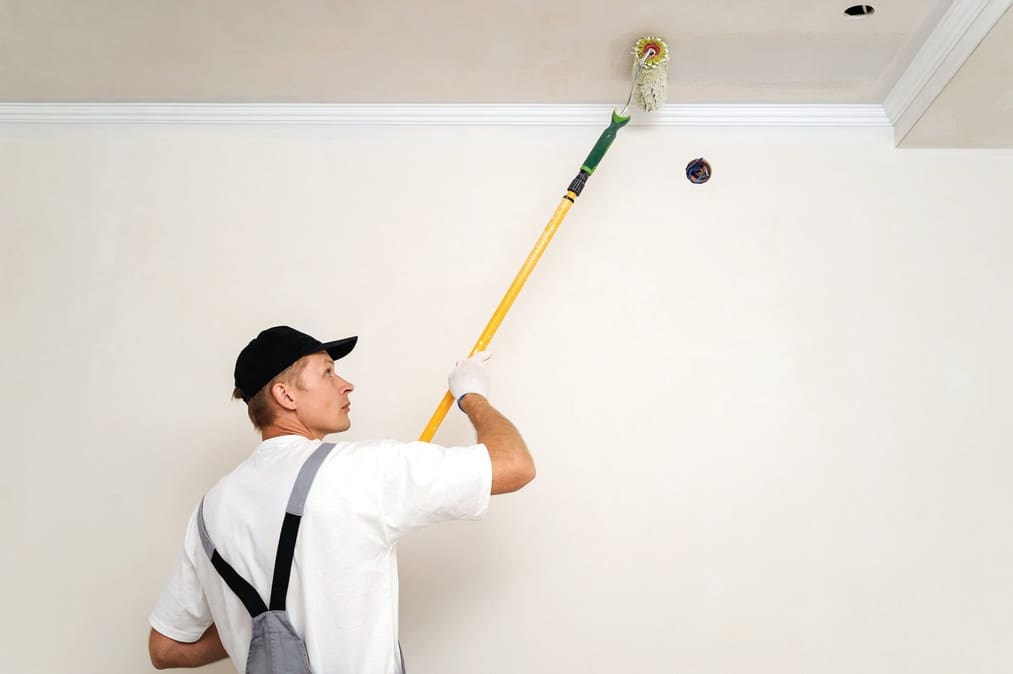
Is Fall a Good Time to Paint a House Exterior?
As summer fades and the temperatures drop, many homeowners begin to think about seasonal maintenance, and for some, that includes refreshing the outside of the home. But there’s often uncertainty about whether this is the right time of year for exterior work. Can you paint the exterior house in the fall, or should you wait until spring?
The short answer: it depends. Fall can be a suitable time for exterior painting in many regions, but only when the weather and conditions cooperate—and only when the project is managed correctly by experienced professionals.
In this post, we’ll explore what makes fall workable (and when it’s not), what the paint manufacturers say, and why timing and prep matter more than ever this time of year.
Fall Weather: What Makes It Workable (or Risky)
Fall can offer some of the most favorable weather conditions for painting, at least in theory. Cooler days mean paint won’t dry too quickly, and reduced humidity can help coatings cure more evenly. However, this window of opportunity is narrower than it might seem.
Professional painters understand that temperature swings, shorter days, and increased overnight moisture all affect the outcome of an exterior paint job. What looks like a mild afternoon could be followed by a cold evening that prevents the paint from curing properly, leading to premature failure.
Factors that make fall painting conditions more favorable:
- Consistent daytime temperatures between 50–70°F
- Low to moderate humidity, especially during application hours
- Minimal wind and sun intensity, reducing surface temperature extremes
But here’s what professionals are watching for:
- Rapidly dropping temperatures that can occur late in the day
- Dew accumulation that impacts surface prep and dry time
- Reduced daylight hours, which limit the productive painting window
Ultimately, while fall can work in your favor, it also requires more careful planning than summer. This is why professional oversight is critical—timing, product choice, and application method must all adapt to fall’s unpredictability.
What Paint Manufacturers Recommend for Fall Projects
To understand whether you can paint exterior house in the fall, it helps to look at what paint manufacturers actually advise. Most exterior paint products—especially acrylic latex, the most commonly used for siding—have clear guidelines around temperature and curing time.
The general rule is that paint should only be applied when both air and surface temperatures are within the manufacturer’s recommended range, typically:
- 50°F to 85°F for latex-based paints
- 40°F to 90°F for oil-based paints
But it’s not just about daytime highs. Professionals pay close attention to overnight lows because paint continues to cure long after application. If temperatures drop too quickly in the evening—especially below 35–40°F—it can prevent proper film formation, leading to cracking, poor adhesion, or discoloration.
Why this matters for fall painting:
- Many regions still experience mild daytime temps but have early frosts overnight.
- Exterior surfaces (like wood or metal siding) may hold cold longer than the surrounding air.
- Rapid temperature drops can “flash freeze” paint mid-cure, compromising durability.
Professionals choose products designed for cold-weather applications when necessary and adjust the schedule to avoid risky temperature dips. That level of expertise is essential in fall, because even high-quality paint won’t perform if it’s applied outside the proper temperature range.
Timing and Surface Prep Are Even More Important in Fall
One of the biggest adjustments professionals make during a fall painting project is adapting to the shorter and less predictable workday. In summer, painters have more daylight, faster drying times, and wider temperature margins. In fall, everything tightens up—and that means timing and surface prep need to be flawless.
Prep isn’t just about cleaning the surface. In cooler conditions, moisture evaporates more slowly, and surface temperature lags behind the air. This makes it critical to begin each project only after verifying that the siding or trim is completely dry and warm enough to hold paint.
Professionals adjust their schedule and prep routine to suit fall conditions:
- Painting typically starts later in the morning to avoid morning dew or cold surfaces.
- Work is wrapped up earlier to ensure proper curing before temperatures drop at dusk.
- Surfaces are tested with moisture meters and temperature guns before priming or painting begins.
Fall also increases the risk of hidden contaminants like mildew or frost buildup, especially on shaded sides of the home. A professional will identify these issues early and treat them properly, using mold-resistant primers, targeted cleaners, and the right equipment for thorough surface prep.
When time and temperature are tight, there’s no room for error. This is where experience matters most. A pro knows how to maximize the available daylight, adjust techniques for slower dry times, and spot potential failure points before the first coat goes on.
When Fall Is Not a Good Time to Paint
While fall can be a workable season for exterior painting, there are clear situations where it’s best to hold off. Knowing when to wait is just as important as knowing when to proceed—and professionals are trained to recognize when conditions cross the line from “challenging” to “risky.”
Exterior painting should be avoided when:
- Temperatures drop below 50°F consistently, including overnight
- Rain or high humidity is in the forecast during or after application
- Dew, frost, or condensation is present on surfaces during working hours
- You’re too close to the first hard freeze, leaving little to no curing window
In late fall, especially, timing becomes critical. Homeowners may see a few warm afternoons and assume it’s still safe to paint, but pros are looking at much more, like dew point, surface temperature, forecasted lows, and how many full dry days are needed between coats.
Some materials (like wood or bare metal) are more vulnerable to moisture retention or poor adhesion in cold weather, making professional evaluation even more important.
If the season is too far gone, it may be smarter to schedule prep now and plan for early spring. Rushing into a fall project at the wrong time can lead to poor results, and you’ll likely have to repaint sooner than you should.
Is Fall Really the Right Time to Paint Your Home’s Exterior?
So, can you paint exterior house in the fall? Yes—but only when the conditions are right. Moderate temperatures, low humidity, and proper surface prep can make fall a workable season for exterior projects. At the same time, shorter days, overnight cooling, and unpredictable weather make timing more sensitive than in summer.
For homeowners considering a fall project, the best next step is understanding what’s realistic in your area and how much working time remains before winter conditions take over. If you’re not sure whether now is the right time, it’s worth getting a professional opinion—just to make sure your timing lines up with what the weather (and your home) need.
And if your schedule’s too tight for fall? Use this season to plan ahead—early spring projects often start booking sooner than most people expect. Contact us now to schedule a free consultation.






